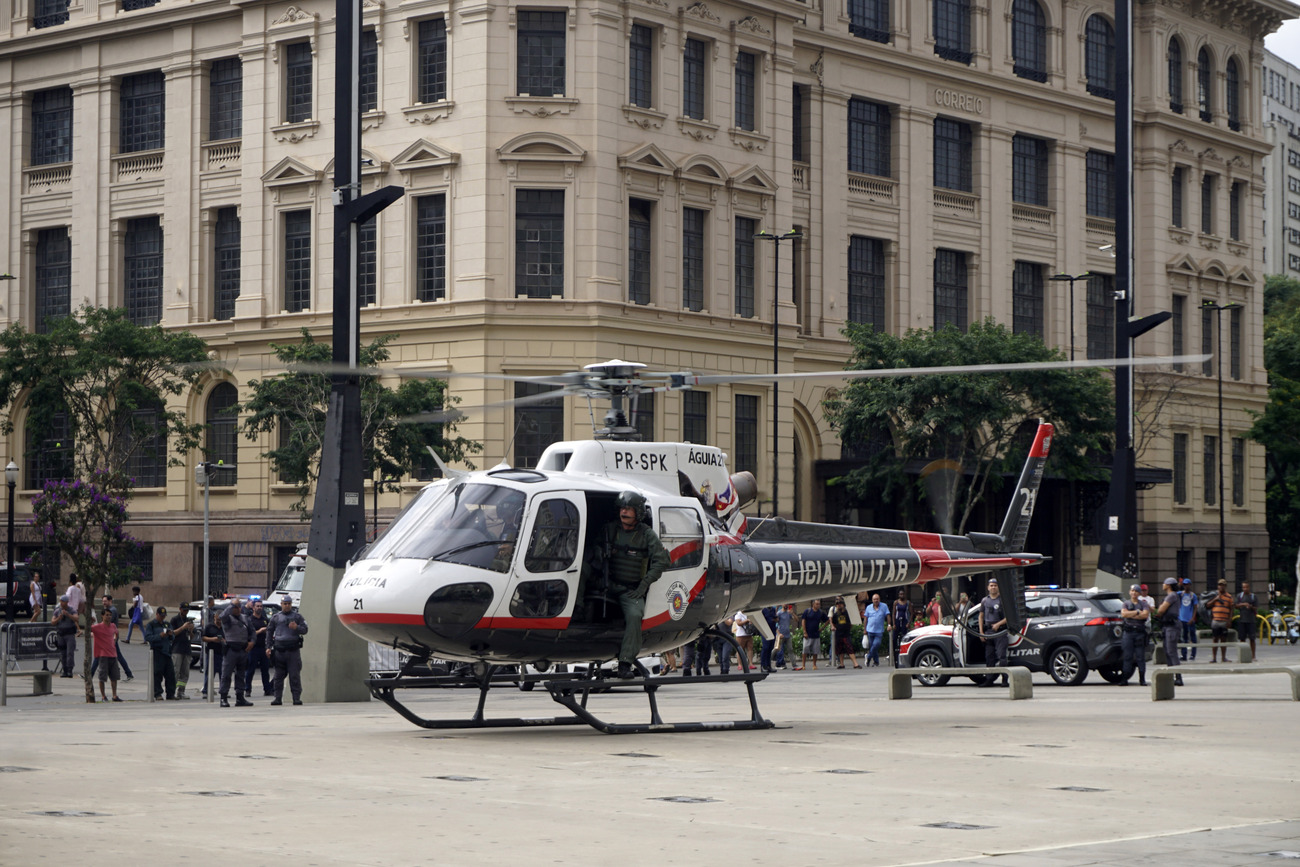Americas' Security Cooperation Revisited
Americas' Security Cooperation Revisited
Defense ministers from across the Americas congregated in Banff to bolster security ties as several countries move to modernize and build up their militaries.
Officials from 34 countries gather at the VIII Conference of Defense Ministers of the Americas held in Banff, Canada, from September 2 to the 6. The central premise of the summit—first held in 1995—revolves around “confidence-building through cooperation and collaboration.” This year, topics include peacekeeping support in places like Haiti and generating security assistance for events such as the 2010 Winter Olympics in Canada. A recent event hosted by the Council of the Americas examined how the ministerial filled a void by allowing defense counterparts from countries across the Western Hemisphere to interact and thereby readied to cooperate in times of natural disasters or political disputes. Yet speakers at the COA meeting also raised a critique that the summit had yet to provide results beyond introductions and interactions.
This year’s summit comes at a crucial moment when several nations in the Western Hemisphere are beefing up their defense capabilities, enacting regional defense cooperation treaties, and when some intend to boost their status as weapon suppliers. Setting the example as host, Canada revealed its 20-year, $490 billion “Canada First Defense Strategy,” a detailed plan to modernize its armed forces and its military industry. U.S. Secretary of Defense Robert M. Gates also delivered a speech highlighting ongoing cooperation programs such as the recently approved Merida Initiative involving a U.S.-Mexico-Central America partnership to fight drug-related violence, Caribbean Community efforts to improve security on their waters, and the proposed South American Defense Council. “We have a collective dream: a free, prosperous, and secure hemisphere. By working together, we can transform that dream into reality and embrace the great promise and potential of the Americas,” added Gates.
Just two months ago, the United States reactivated its Fourth Naval Fleet drawing mixed reactions from South American leaders calling to establish a defense council to safeguard the region’s biodiversity and, more importantly, its hefty energy reserves. During a speech at AS/COA’s Latin American Cities Conference in São Paulo on July 10, U.S. Ambassador to Brazil Clifford Sobel raised the fact that some had suggested the fleet could have more aggressive purposes. “Let me be very clear. Let me use this forum to say it is not true,” asserted Sobel, saying the fleet will have no offensive capabilities and will instead serve to provide humanitarian support during natural disasters.
Using cash flow from the booming commodities markets, countries such as Brazil, Chile, and Venezuela have been modernizing their militaries. Brazil has doubled its military expenditure since the year 2000, according to the Stockholm International Peace Research Institute, and reached an agreement with France to get the necessary technology to start building nuclear submarines in 2009. Blogger Sam Logan points out that Brazil—with plans to expand its ammunition industry—serves as South America’s champion arms supplier, selling army vehicles to Bolivia, and Supertucano planes to Colombia and Chile.
Meanwhile, Chile purchased 340 German tanks, frigates, submarines, and more than two dozen F-16 fighters. Venezuela also inked a deal with Russia this past July worth more than $3 billion, represented in Sukhoi fighters, helicopters, and air-defense missile systems.
Some analysts remain skeptical about the utility of the conference. Ray Walser of the Heritage Foundation, a conservative think tank, criticizes the lack of strategic and diplomatic meaning of the summit and suggests that effective partnerships require “actual friends and genuine partners.” While holding Caracas responsible for causing rifts, Walser also charges Washington with “inflicting serious wounds to our hemispheric relationships” by failing to approve a trade pact with Colombia or drop a tariff on Brazilian ethanol.








